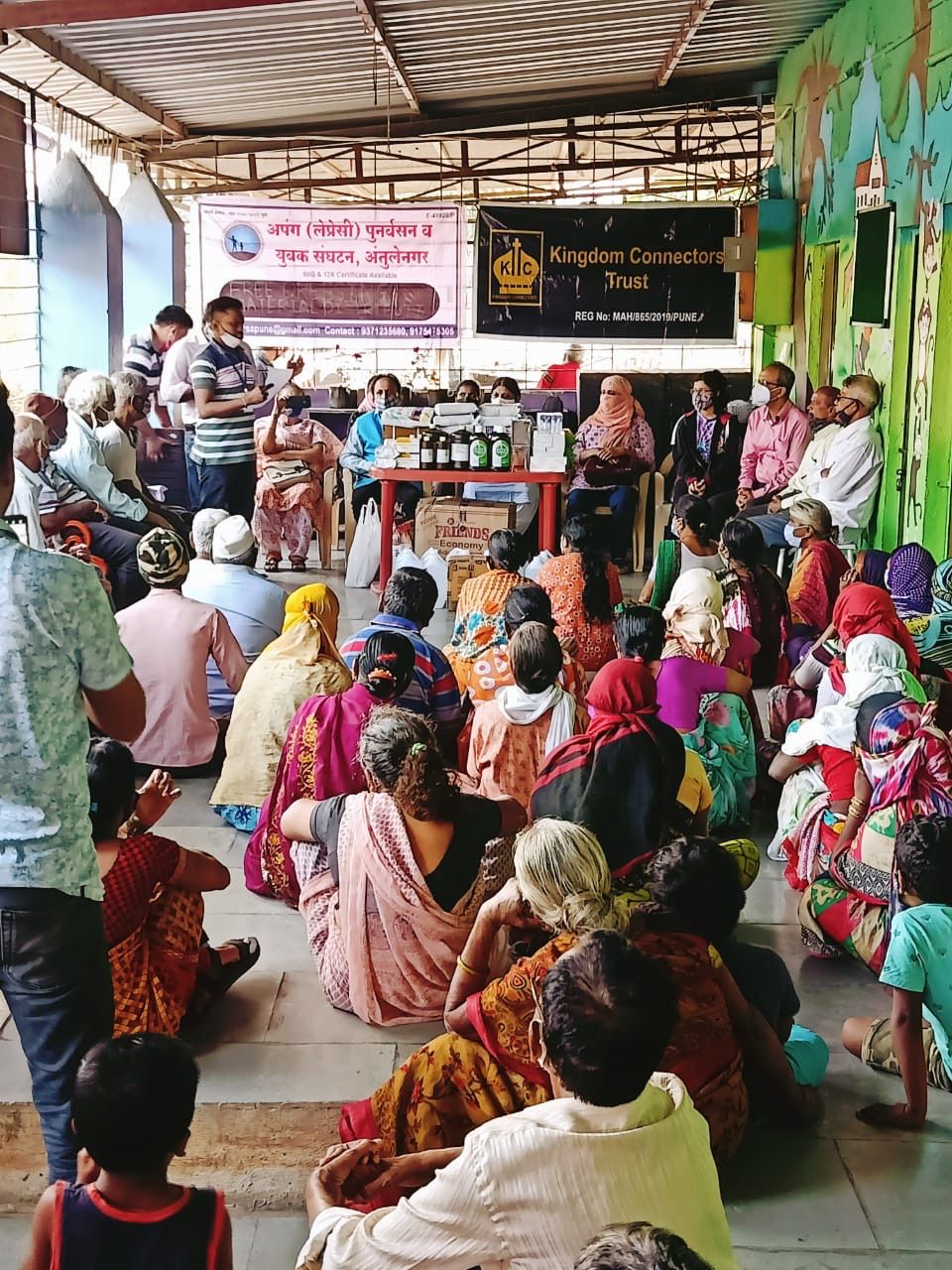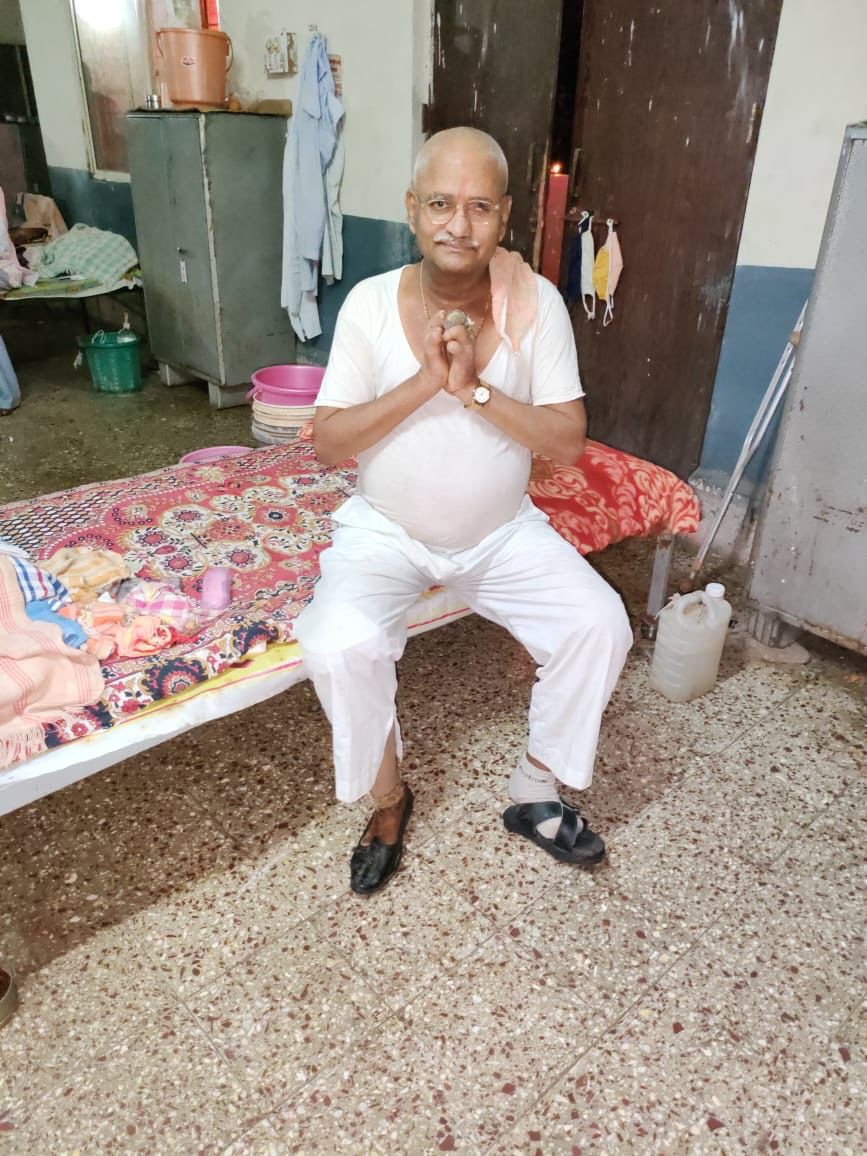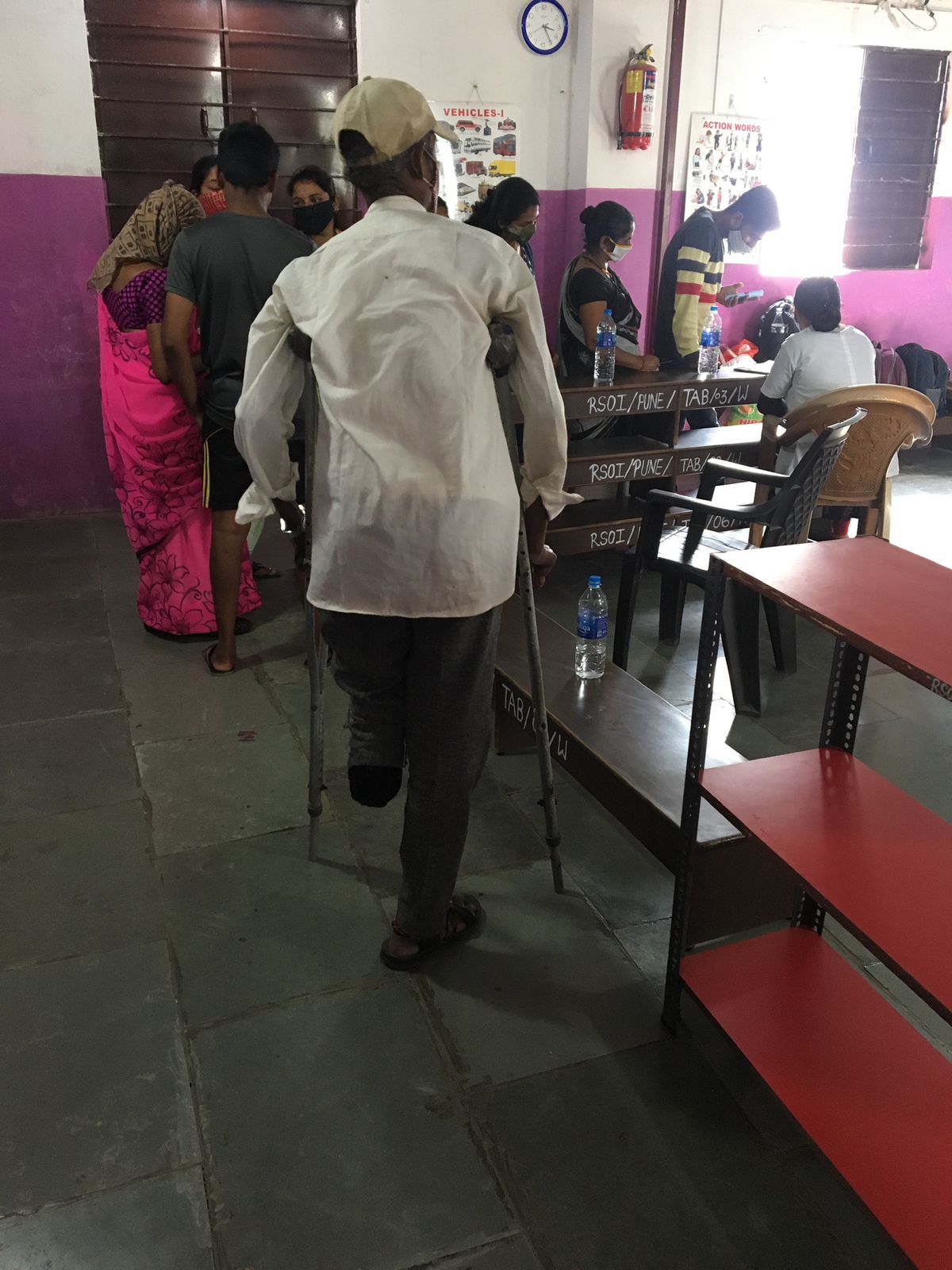I am Satish Sawant, and I’m thrilled to share the journey of our collective efforts in advocating for the rights and development of individuals affected by leprosy in India.
Growing up in a leprosy colony in Pune, both my parents battled this condition. Their resilience in the face of societal challenges deeply influenced me. Despite the stigma and hardships, they emphasized the importance of education. That’s what drove me to pursue Commerce and later an MBA in Finance.
During my studies, I noticed the disparity in opportunities for those within and outside our colony. This realization ignited a spark within me —to empower and uplift my community. Initially, we were a group of 20 individuals sharing a common vision. Over time, our numbers dwindled, but seven of us remained committed to our cause.
Our approach revolves around building a Community-Based Organization (CBO) within the colony. Through this platform, we provide training, foster capacity building, and empower individuals to advocate for their rights. My team and I stand shoulder to shoulder with our community, guiding and supporting them every step of the way.
For the past 19 years, I’ve dedicated myself to social work. Our NGO, established in 2012, has been the backbone of various initiatives aimed at uplifting our colony. We’ve formed self-help groups comprising 15-20 women each, totalling a seven such groups, with around 100 women all working tirelessly for our community’s betterment. Additionally, we’ve set up children’s groups and organized camps, aiming for a comprehensive approach to development.
Our most recent triumph was addressing the chronic issue of drinking water scarcity faced by the Pune community since 1980. Through our collective efforts, we managed to construct a 3-lakh litter water storage tank, a significant relief for our colony.
Our medical assistance program has been a lifeline for 170 individuals, offering crucial ulcer cleaning, daily bandages, and wound care. Our efforts received recognition from local authorities and the State Disability Commissioner, earning us well-deserved awards.
Presently, Rajendra Patil and I lead our organization, relentlessly working for the betterment of those affected by leprosy. Our vision extends beyond Pune, aiming to impact all of Maharashtra. However, expanding our reach requires additional funding.
Our journey showcases the transformative power of grassroots initiatives. It’s a testament to what resilience, compassion, and unwavering determination can achieve. We’re excited about the possibilities and grateful for any support to continue our invaluable work. Apang Leprosy Punarvasan Va Yuvak Sangathan Antulenagar is a compassionate organization situated in the Antulenagar Leprosy Colony, near Kondhwa Hospital in Pune, Maharashtra, India. Dedicated to making a positive impact, this organization stands as a beacon of hope in the community with its commitment to supporting those affected by leprosy.
Antulenagar leprosy colony was established after 1970. Patients who received treatment at the leprosy hospital faced rejection from society and their own families, leading them to settle on government land in the forest. In this supportive community, with mutual respect and no discrimination, the colony journey began with just three patients and has since grown to 300 families, totaling around 2000 residents.
As the colony was founded on government land, the people faced challenges of illiteracy, poverty, and disability. Exploitation by others was prevalent, and politicians neglected basic development. Recognizing the need for community-based organizations (CBOs), educated children from the colony established an NGO for local development and aimed to extend their efforts statewide.
Despite initial hurdles, the state and local governments acknowledged their work, recently awarding them for their contributions. The colony, which has grappled with a drinking water crisis since its inception, is now witnessing positive changes. The NGO initiated the construction of a 3 lakh-litre water tank, addressing the water scarcity issue, and also built a community hall for various purposes. Additionally, efforts have been made towards enhancing children’s education in the colony.
Presently, the focus extends beyond local development. The NGO is advocating for the dignity and rights of leprosy-affected individuals, and actively pursuing solutions for their permanent tenement issues. Through these initiatives, the organization is making a meaningful impact in the lives of those in the colony and beyond.
Within our efforts, we persistently strive to change the misrepresentations of leprosy that still prevail worldwide. When individuals seek information on leprosy, particularly by using the phrase «people affected by leprosy» to view images, they frequently come across highly distressing pictures online. It is worth noting that these images do not necessarily represent the typical appearance of individuals affected by leprosy. I wish to express my concern about the potential consequences of these graphic portrayals, as they contribute to a misleading perception that all leprosy patients experience severe deformities.
In my personal experience, I have observed that most individuals living with leprosy, including my own parents, do not exhibit the extreme deformities often depicted in search results. In fact, out of around 2000 individuals residing in proximity who are affected by leprosy, only a small fraction, approximately 4-5 people, display such visible deformities. This leads me to believe that the images commonly found on the internet may not accurately represent the current reality of leprosy cases, especially in India.
I want to emphasize that the landscape of leprosy has evolved over time. In the present day, when a person is diagnosed with leprosy, they typically seek medical attention promptly and receive appropriate treatment. Consequently, the likelihood of developing debilitating deformities due to leprosy has significantly decreased. While there may be exceptions to this trend, it is crucial to recognize the progress made in the medical field to prevent the progression of leprosy to severe physical disabilities.
It is my sincere hope that, by addressing this issue, we can contribute to dispelling misconceptions and reducing the stigma associated with leprosy. People’s fear of leprosy is often fueled by the sensationalized images available online, which may not accurately reflect the current reality for the majority of those affected by the disease. Through accurate and nuanced information, we can work towards fostering a more understanding and compassionate perspective on leprosy within our communities.












